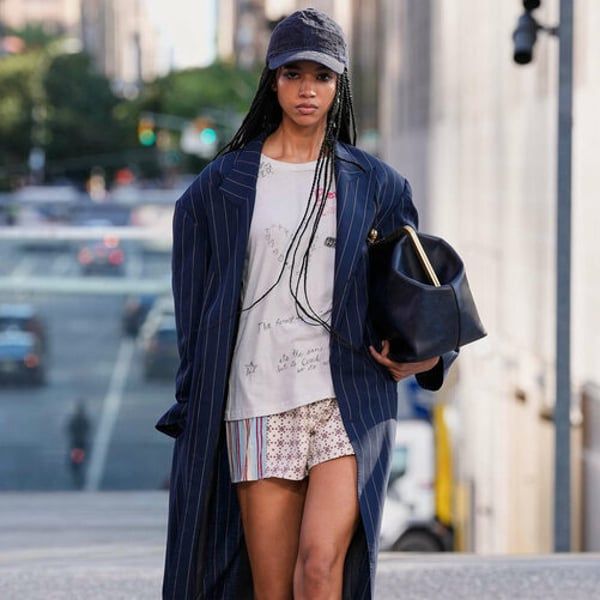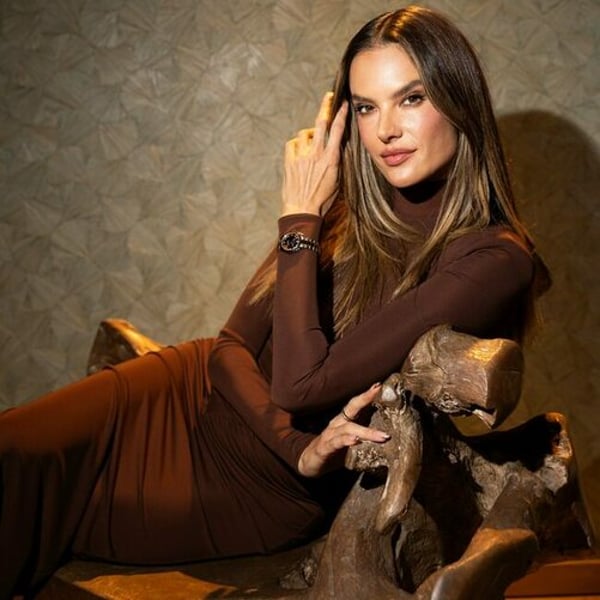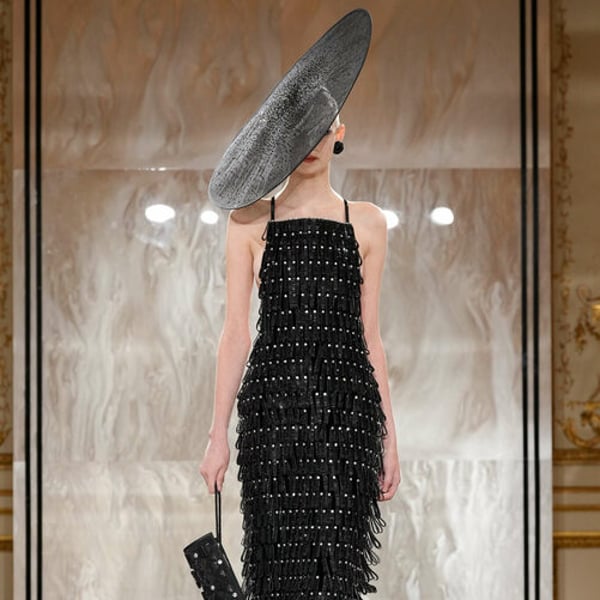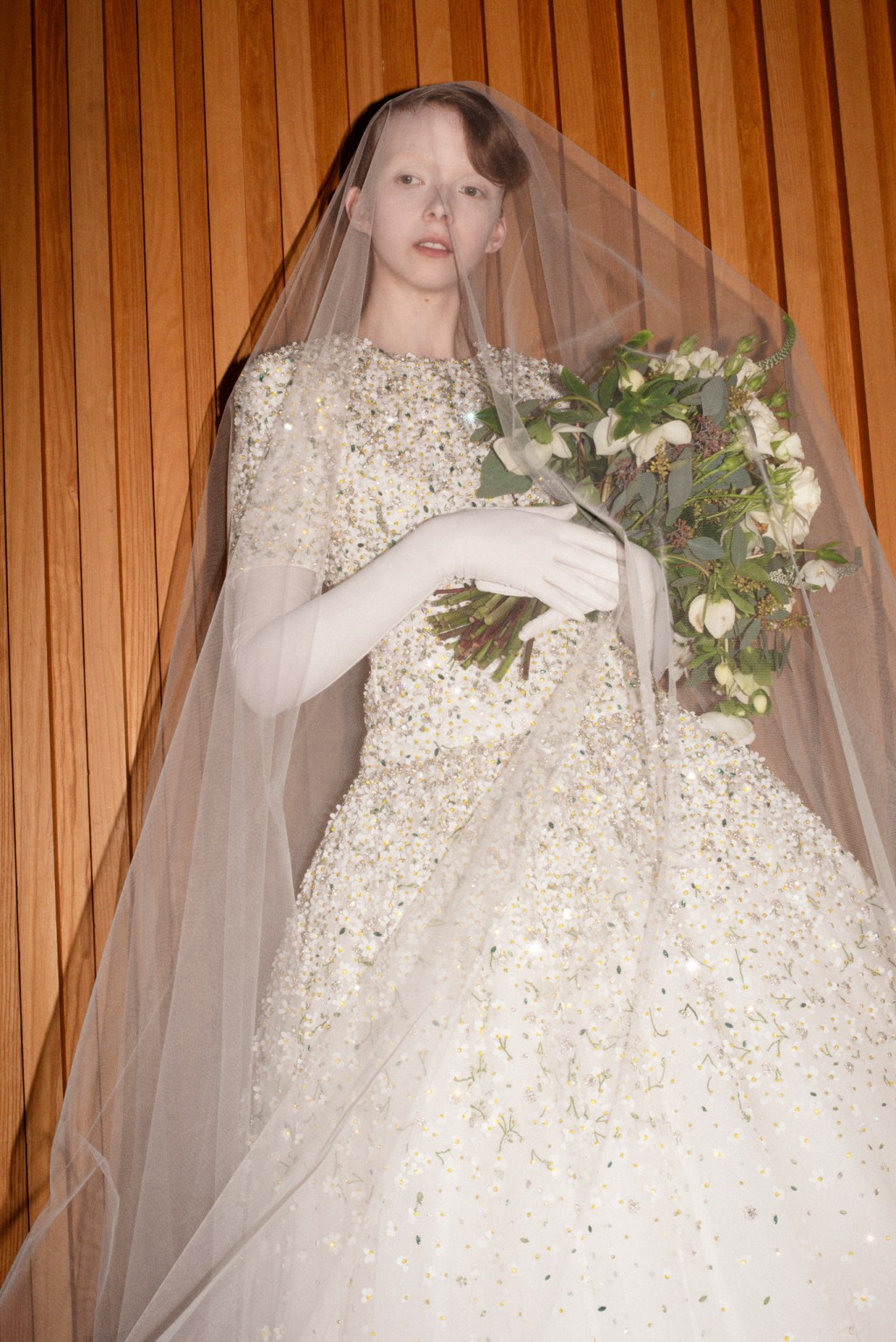By
Bloomberg
Published
September 27, 2024
We've had Taylor Swift, Emily in Paris, and more designer bags than the bag floor at Saks Fifth Avenue.
But there has been a $400 billion elephant in cash in the Manhattan courtroom of U.S. District Judge Jennifer Rochon, who is deciding whether Tapestry Inc.'s $8.5 purchase of Capri Holdings Ltd. billion dollars may go ahead: the growing power of a handful of giant European luxury brands.
The US Federal Trade Commission is trying to block Tapestry's acquisition of Capri, arguing that its Coach, Kate Spade and Michael Kors brands would dominate a part of the market (not cheap but not super luxurious) where American working and middle class women commerce. This would reduce competition, allowing the combined company to raise prices to the detriment of these consumers.
Crucial to the outcome will be whether the so-called accessible luxury market exists and what it comprises. Final arguments will be heard on Monday.
But any narrow definition of how we buy bags misses the broader point. The luxury sector is in a winner-take-all situation. Some players like LVMH Moet Hennessy Louis Vuitton SE, with a market capitalization of around $390 billion, have the scale and financial power to maintain their brands, including Louis Vuitton and Dior, but also the cheaper Marc Jacobs, at the forefront of consumer preferences. minds. If smaller players couldn't prosper, buyers could face less competition for their handbag business.
It might seem like a stretch to think that a Coach bag that costs around $500 would compete with a Chanel bag that costs $5,000. But reality has many more nuances.
If affordable luxury ranges roughly between $100 and $1,000 (one possible way of thinking about it proposed by the FTC) and women shop above and below these broad thresholds, then cheaper lines from luxury brands are much of a threat. elderly.
What's more, many top-tier companies have increased prices considerably in the last three years. This has put them out of reach for many buyers and caused a slowdown in revenue growth. To win back these customers and stimulate sales, luxury giants are stepping up production of basic items. Expect this to accelerate further.
Then there is the resale market. Shows and social media influencers hired by European brands, including Gucci and Yves Saint Laurent of Kering SA, and Chloe and Azzedine Alaia of Cie Financiere Richemont SA, increase the appeal of their offerings. They all have considerable financial power to invest in them. LVMH generated sales of more than $90 billion last year, while Kering and Richemont each had revenues of more than $20 billion. Combined, Tapestry and Capri would have sales of about $12 billion.
Women who can't afford a new Louis Vuitton Neverfull bag could buy a used one, potentially at the expense of a new Coach. Already five years ago, analysts at UBS Group AG downgraded Tapestry because it faced increased competition from used bags from Gucci or Prada.

Of course, the FTC is right to be concerned about consumer disadvantage, and this inevitably involves asking whether affordable luxury is a niche market. But Tapestry and Capri have convincingly argued that their boundaries are fuzzy enough to cast doubt on the FTC's claim of dominance, and therefore that buyers will get a raw deal.
Both companies have argued that consumers face a wide variety of choices, from a $2.99 Trader Joe's bag that went viral to those luxury items and the Lululemon Athletica Inc. fanny pack that Tapestry CEO Joanne Crevoiserat memorably told the court that it “hurt him” because his daughter was wearing one.
New participants emerge regularly. Michael Kors, founder of the brand of the same name, told the court that he first learned about a brand, Aupen, when he saw a photo of Taylor Swift wearing one. Consequently, they argued, it would be very difficult for the combined company to increase the price of a Michael Kors bag without improving its style or quality: if it did, shoppers would simply go elsewhere.
Bloomberg Intelligence analyst Jennifer Rie gives companies a 60% chance of winning in court. Investors seem to agree. Tapestry shares have risen more than 16% since the trial began on September 9. Capri has gained about 12%.
But the case has also highlighted how weak Capri's Michael Kors label is. The designer told the court he suffered from “brand fatigue”. Capri president and CEO John Idol said he was being “squeezed from the top and the bottom,” Women's Wear Daily reported.
The luxury market has slowed since the transaction was announced in August 2023. Capri's sales fell 13.2% in its most recent quarter, with a net loss of $14 million, compared with a profit of 48 million dollars the previous year.
Capri shares are trading about $18 below the offer price of $57. If the companies win the case, Capri's shares would appreciate. However, Tapestry should consider renegotiating the price. Cowen & Co. analysts estimate Capri shares could fall to between $10 and $20 if Tapestry pulls out.
The bidder may be reluctant to renegotiate as it could create more legal uncertainty after the lengthy antitrust challenge. He has always been in favor of the agreement, although the transaction must close in February. Still, any possible wiggle room is worth exploring.
Tapestry is acquiring Capri in a bid to be the American equivalent of LVMH. It should follow CEO and founder Bernard Arnault's book when he bought Tiffany & Co. four years ago and seek the best value for its shareholders. More information from Bloomberg Opinion.
Andrea Felsted is a Bloomberg opinion columnist covering consumer goods and the retail industry. Previously, she was a reporter for the Financial Times.

